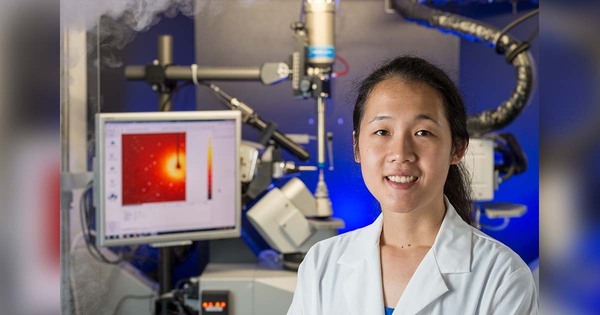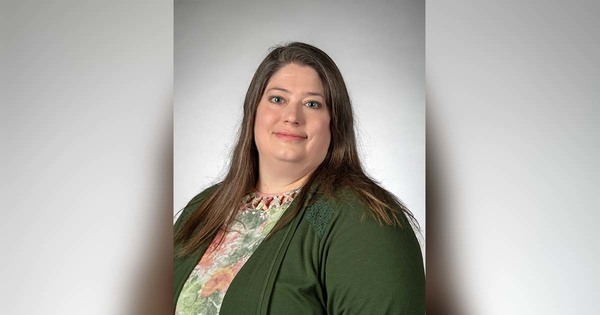
For some students taking courses within the Department of Chemistry and Biochemistry at the University of Notre Dame, completing them online involves more than simply taking notes and memorizing concepts for tests.
They continue to do real chemistry – minus the lab.
“One of the great things about being at Notre Dame is seeing how our students and faculty have stepped up to the challenges posed by COVID-19,” said Dan Gezelter, professor in the Department of Chemistry and Biochemistry. “We’re finding creative solutions that will help our students complete their courses and learn as much as possible under challenging conditions."

Emily Tsui, assistant professor in the Department of Chemistry and Biochemistry, after speaking with Professor Marya Lieberman, decided to create electrochemical kits for the Chemistry Across the Periodic Table course that she teaches.
“I thought it would be nice for them to be able to make an actual electrochemical cell, even though my class is not a lab,” Tsui said.
For the students who were interested, she sent them a voltmeter, some copper and silver wire for electrodes, a packet of gelatin, and a piece of Tygon tubing (a clear plastic tubing), along with some simple copper and sodium salts. The students are able to use the gelatin, tubing, and sodium salt to make a salt bridge, then connect the voltmeter and electrode wires to two simple solutions to measure an electrochemical cell potential, Tsui said.
She posted a video for her students to follow, and asked that students take photos of their own experiments. Stephanie Mueller, a sophomore majoring in biochemistry, said she did the experiment with the electrochemistry set Tsui had sent her.
“I worked on it with some classmates over Zoom,” Mueller said. “It was fun and nice to be able to do a bit of hands-on chemistry again.”
Before her classes, she recorded videos using the Lightboard in the College of Science, and posted them to Youtube for the students to watch. During her Zoom classes, she works on problems with the students.

DeeAnne Goodenough-Lashua, professional specialist in the Department of Chemistry and Biochemistry and the academic advisor for the department, is also using video for her course. Before watching the video, the students do the same pre-laboratory preparations they would do in a normal chemistry lab, which includes preparing a table of the chemicals they would be using with chemical properties and safety information to outline the procedure.
“Then they watch the video, making observations and writing down data as they go, which is what they would be doing if they were in the lab conducting the experiment themselves,” she said. “I leave them with some decision-making steps (such as which column fractions to combine based on their observations) and provide some results they can analyze.”
Students then summarize what they have learned in a post-lab discussion.
Goodenough-Lashua has sent a set of paper analytical devices (PADs) to students. PADs are test cards that can quickly determine whether a drug tablet contains the correct medicines.
Some of the cards contain pre-loaded samples, but others do not. Goodenough-Lashua has asked her students to outline a procedure for analyzing some samples they have at home, such as a vitamin or an over-the-counter medication. They will then test their compound, make observations, and adjust their procedure if necessary to make it work. The students will upload their test PADs into a shared account with Lieberman, allowing her to use their results for future experimental developments.
“This experiment gives students some hands-on experience, which is really what a lab is all about, and also challenges them to take what they have learned, and apply it to a new situation,” she said.
Mueller said her labs have been going well, because even though she is not able to perform all of them herself, she is still able to analyze the data and interpret results.
“The most positive thing that has come out of this e-learning experience is that I now have more time to learn the material,” she said. “I also enjoy pre-recorded lectures, because then I can rewind them if I missed something.”
Originally published by at science.nd.edu on April 22, 2020.